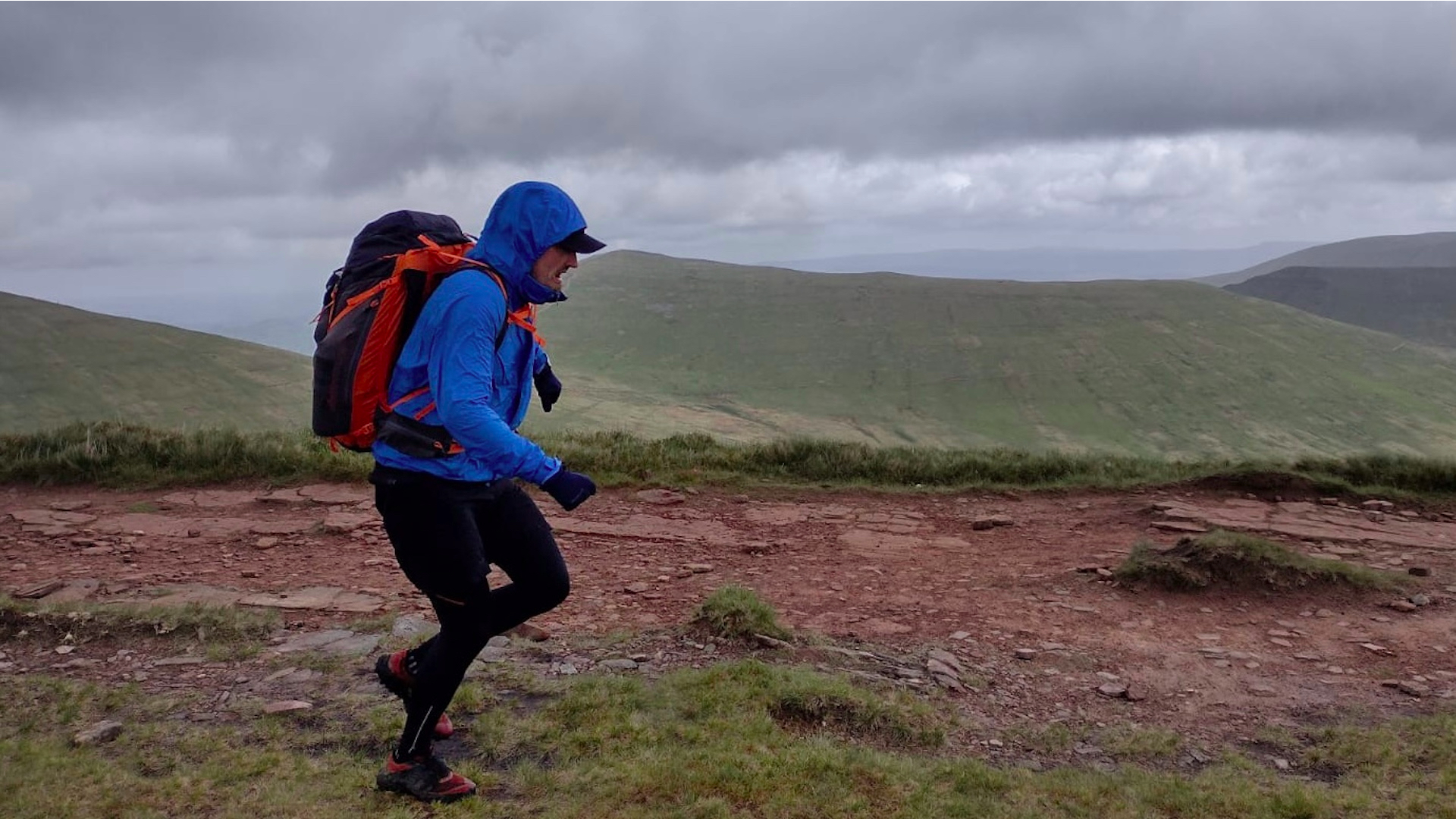
Fastpacking is one of the best ways to properly immerse yourself in the outdoors. It’s a growing sport that allows you to feel every contour; to earn every view. And it’s quickly become one of my preferred ways to explore national parks for a few days.
For those unaware, fastpacking is basically hiking – but quicker. A mix between backpacking and trail running, it involves mostly running between A and B with everything you need for safety, comfort and sustenance on your back.
Now, I’m not new to running. I’ve been a reasonably committed road runner since I was in my late teens, and I’ve clocked up some decent mileage over the years. Around eight or nine years ago, I also discovered trail running for the first time and have since built up plenty of experience running on technical terrain, up hills and down rocky slopes. Throughout this time, I’ve also been a passionate backpacker and wild camper – so it was only logical that my next step would be to combine the two. Unfortunately, fastpacking isn’t as simple as that.
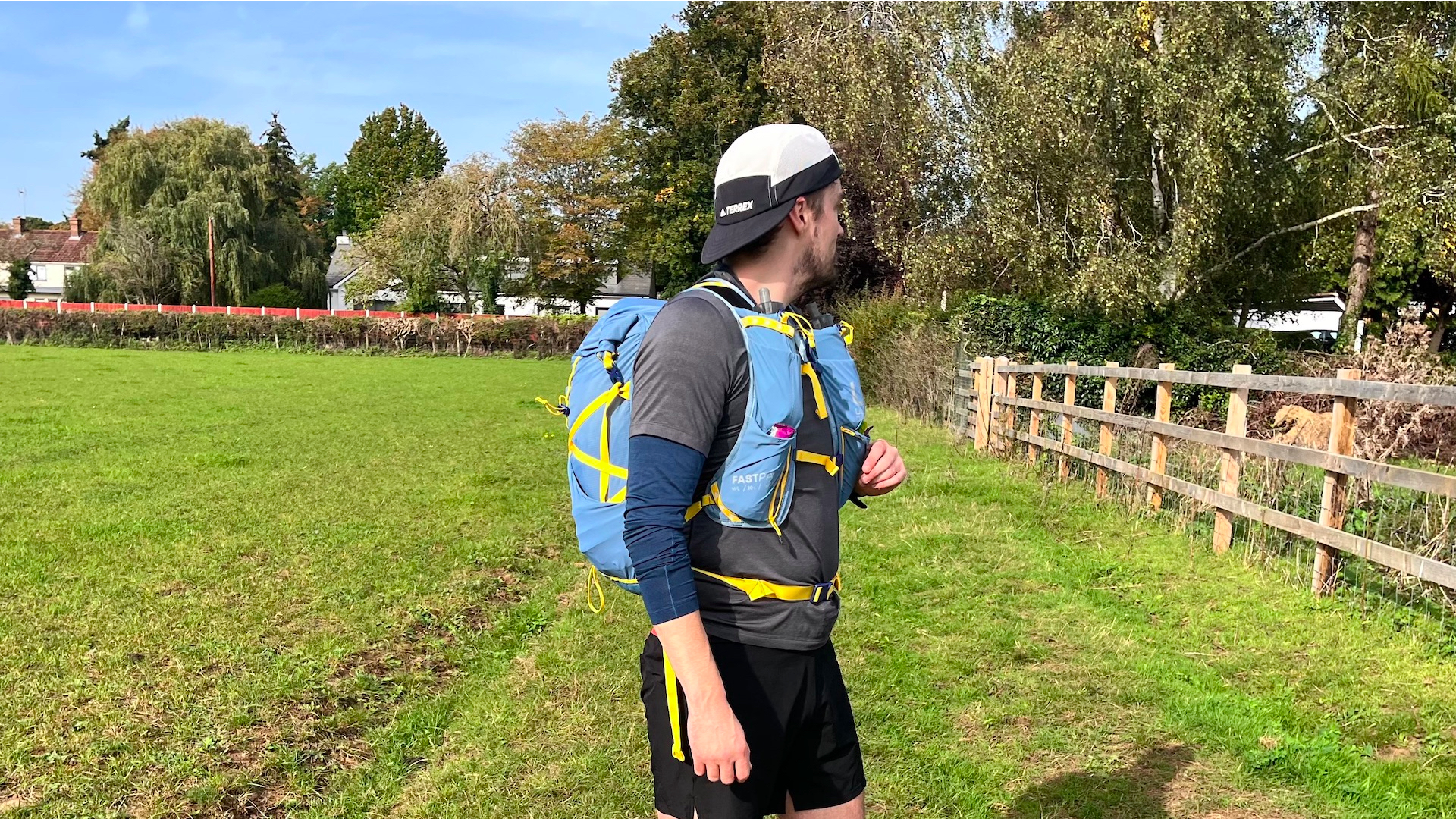
In 2021, I went on a three-day fastpacking trip across Bannau Brycheiniog (Brecon Beacons) National Park in Wales with the goal of running around 25km-30km per day. Not wanting to invest in brand-new kit just for this trip, I took my usual hiking setup. Though I minimized it as much as possible, I took the same 45L budget Quechua hiking pack I’d used on overnighters, a large synthetic four-season sleeping bag and a thick pad. In fact, the only piece of UL kit I packed was my Big Agnes Fly Creek UL2.
All in, my setup weighed just under 12kg, which I thought was plenty light enough for three days in the Beacons. But midway through day two – after a combined 32km – I had to tap out. My hips and knees hurt with every step, my shoulders were shot, and I just couldn’t take it anymore. Here’s what I learned on that torturous trip – and during the weeks of physio that followed.
1 Weight matters way more when you’re running
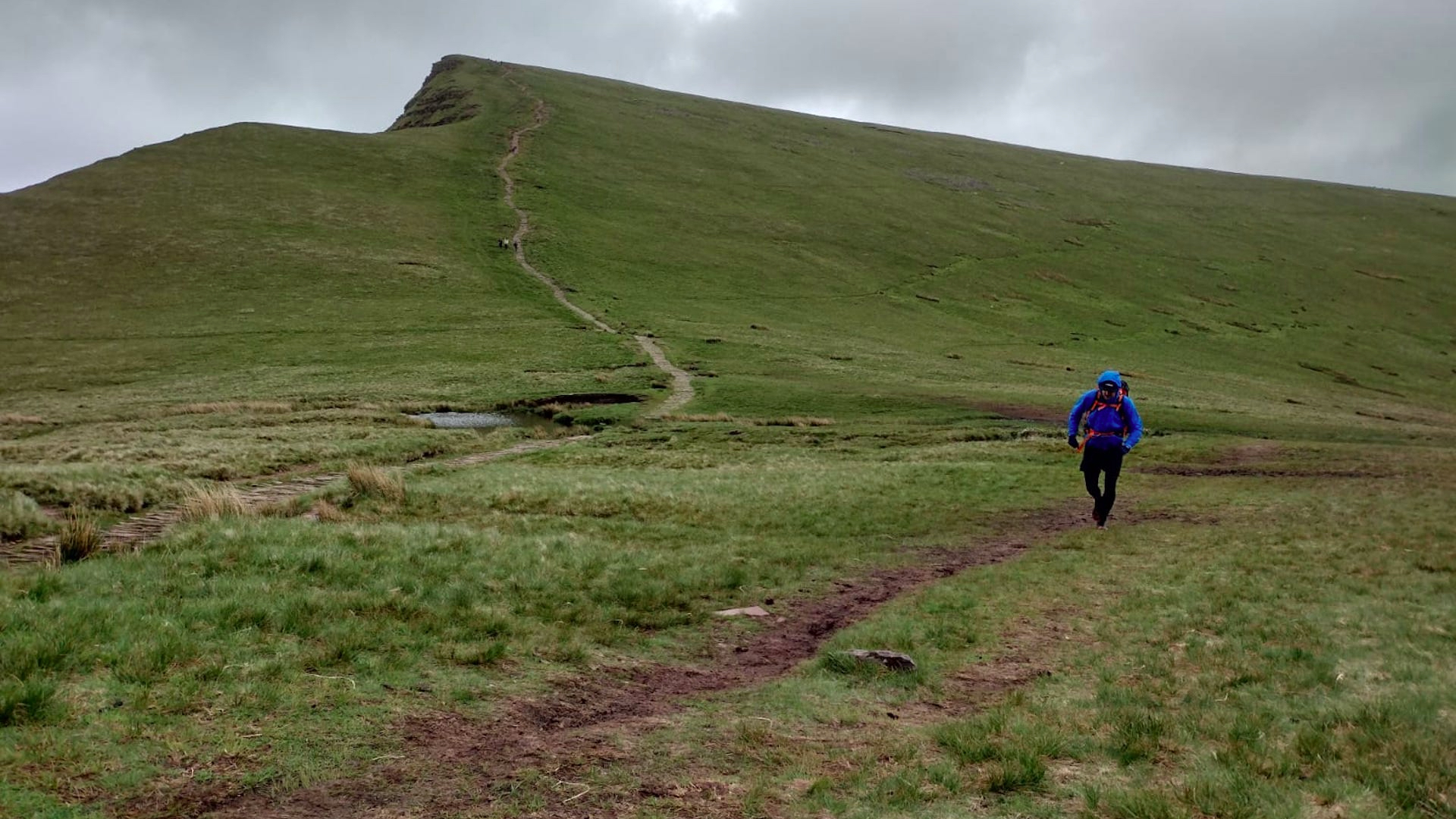
Even if you’re the type of backpacker who can comfortably clock up 40km days with 16kg on your back, don’t be fooled into thinking your joints can cope with the same impact when running. This is because of the increased impact your joints take when moving with momentum.
Take your knees, for example: when hiking, the reactionary force they have to absorb with each step is around 0.5 times your body weight when walking on flat ground. When out in the hills, this will increase, but if you’re a 75kg person with a 15 kilo pack on your back, a rough rule of thumb is that your patellofemoral joints (in your knee) will take a load of around 45kg with each step.
When it comes to running, however, the momentum that needs to be absorbed every time your foot pounds into the pavement is far greater. According to Whole Body Health Physical Therapy that reactionary force skyrockets to 4.5-7.6 times body weight. That means, if that same person were to run with the same pack, instead of their patellofemoral joints loading with 45kg, they’d now have to load with around 405kg of reactionary force at a minimum. Which is a huge difference.
2 Dial in your kit
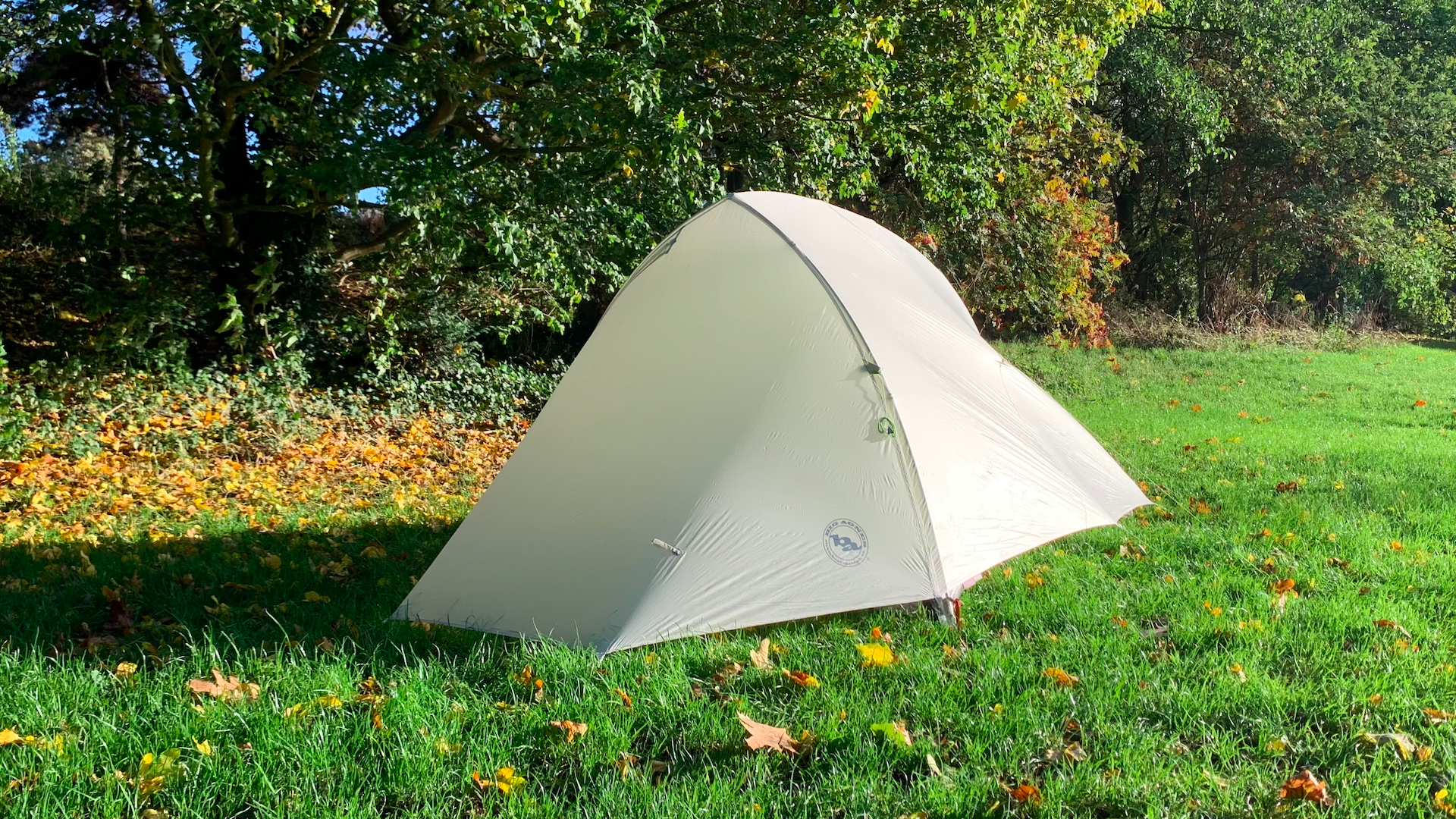
As weight is so important when fastpacking, it’s important that you intelligently dial in your kit before you go. Don’t do what I did and take your standard hiking setup. Instead, consider the overall weight of your pack and adjust it to make it as light as possible. This could mean leaving things like camping lanterns, heavy power banks and thick base layers at home. Or it could even mean investing in an ultra-lightweight sleeping bag, tent (check out our best one-person tents) or backpack for the trip if you have the budget to build a custom kit list.
3 Your running position is different when wearing a pack

When you run with a pack on, your center of gravity is different – especially when the pack is heavier. This means that your stance will be slightly different, which puts further stress and strains on muscles that you don’t normally use while running. This can result in you getting fatigued much more quickly and/or hotspots developing where you don’t normally get any.
While there are numerous packs out there that are purpose-built for exactly this – such as the Ultimate Direction Fastpack range, which are incredibly comfortable packs to run in – a certain degree of training is still necessary to allow your body to get used to the nuances in your movement while running.
Therefore, don’t think you can run with a heavy pack just because you can run well without one. Train in a pack for a few weeks before your big run and build up slowly to give your body the best chance of coming out uninjured.
4 Hiking packs sway too much to use comfortably on a run

The best hiking backpacks are built for comfort when moving slowly. This means most have some sort of void between your back and the pack itself to optimize airflow and reduce sweating, which is a feature I’ve often been thankful for on hot summer hikes. When it comes to running, though, you need to reduce that space as much as possible to avoid the bag completely throwing off your center of gravity while you swing your arms and move your hips.
On my big Bannau Brycheiniog run, this is something I noticed immediately, and I had to consciously roll my back forward when going downhill to avoid the momentum of the pack knocking me over. I’d barely run for 60 minutes before I noticed the first twinges of something going on in my lower back. As the run went on, these pains moved to my hips and shoulders and resulted in me needing to take an extended break from running after I bailed on day two.
Like the best running backpacks, dedicated fastpacking packs come with a bunch of clever features purpose-built for runners. Pouches on the chest for water and snacks counterbalance the weight on your back and allow you to easily grab what you need on the go. Around the shoulders and chest numerous straps allow you to cinch the load down tightly onto your back. If they fit well, there’ll be barely any sway whatsoever when you rotate your back side to side, which maintains better running form and allows you to move more naturally, almost as if you weren’t carrying a pack at all.
5 You’ll burn more energy while running, so stay on top of your nutrition
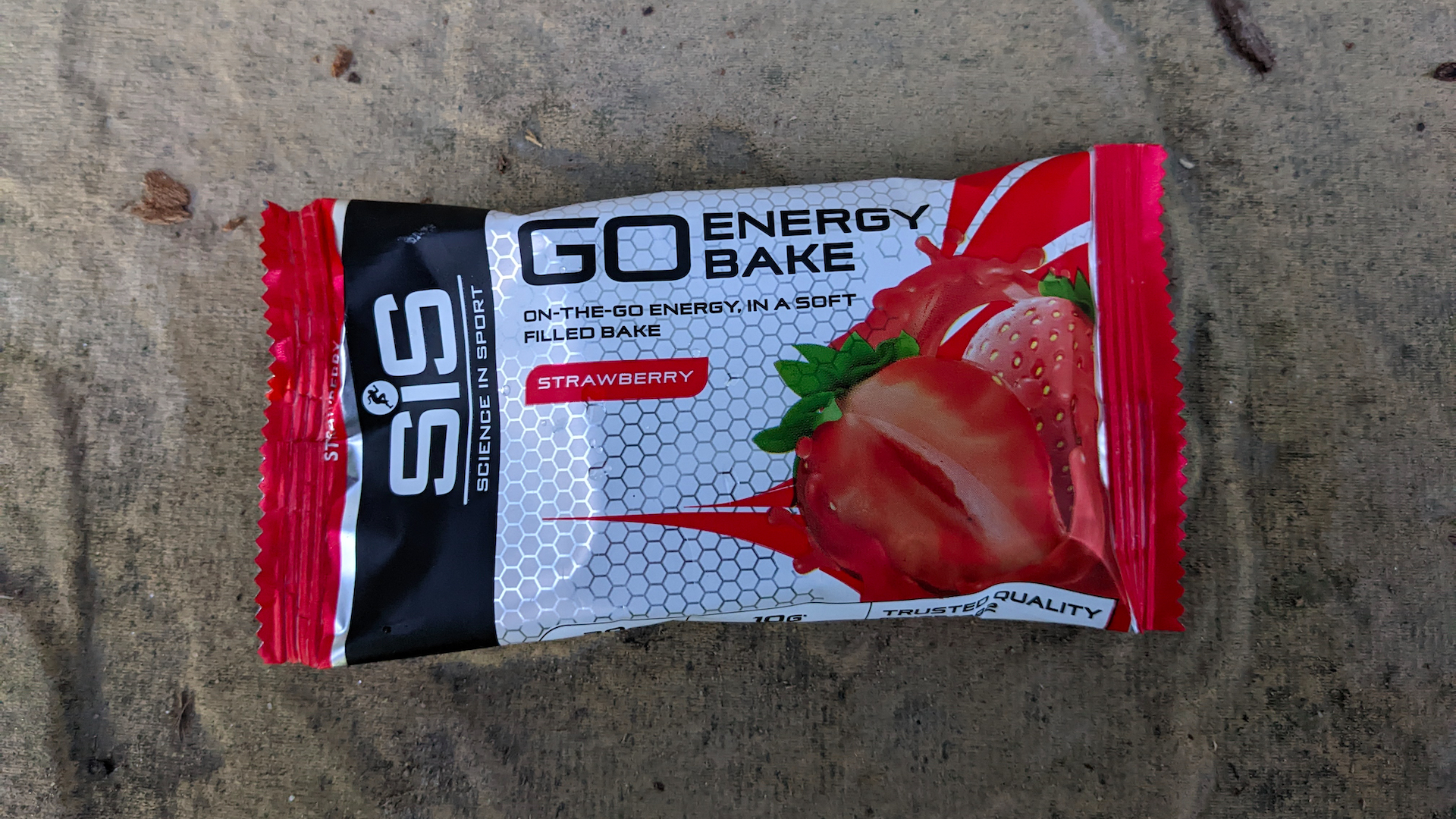
When out fastpacking, you’ll notice that you burn through energy supplies much faster than when out on a hike. For that reason, you need to dial in your nutrition and be mindful that you’re consuming enough calories. Consider packing energy gels and lightweight energy bars to keep weight down, and even bring some electrolyte powder/tablets to add to your water. As a rule of thumb, try to consume around 400 calories an hour to ensure you don’t bonk while scrambling down a rocky trail.
6 Pack a water filter to maximize your load
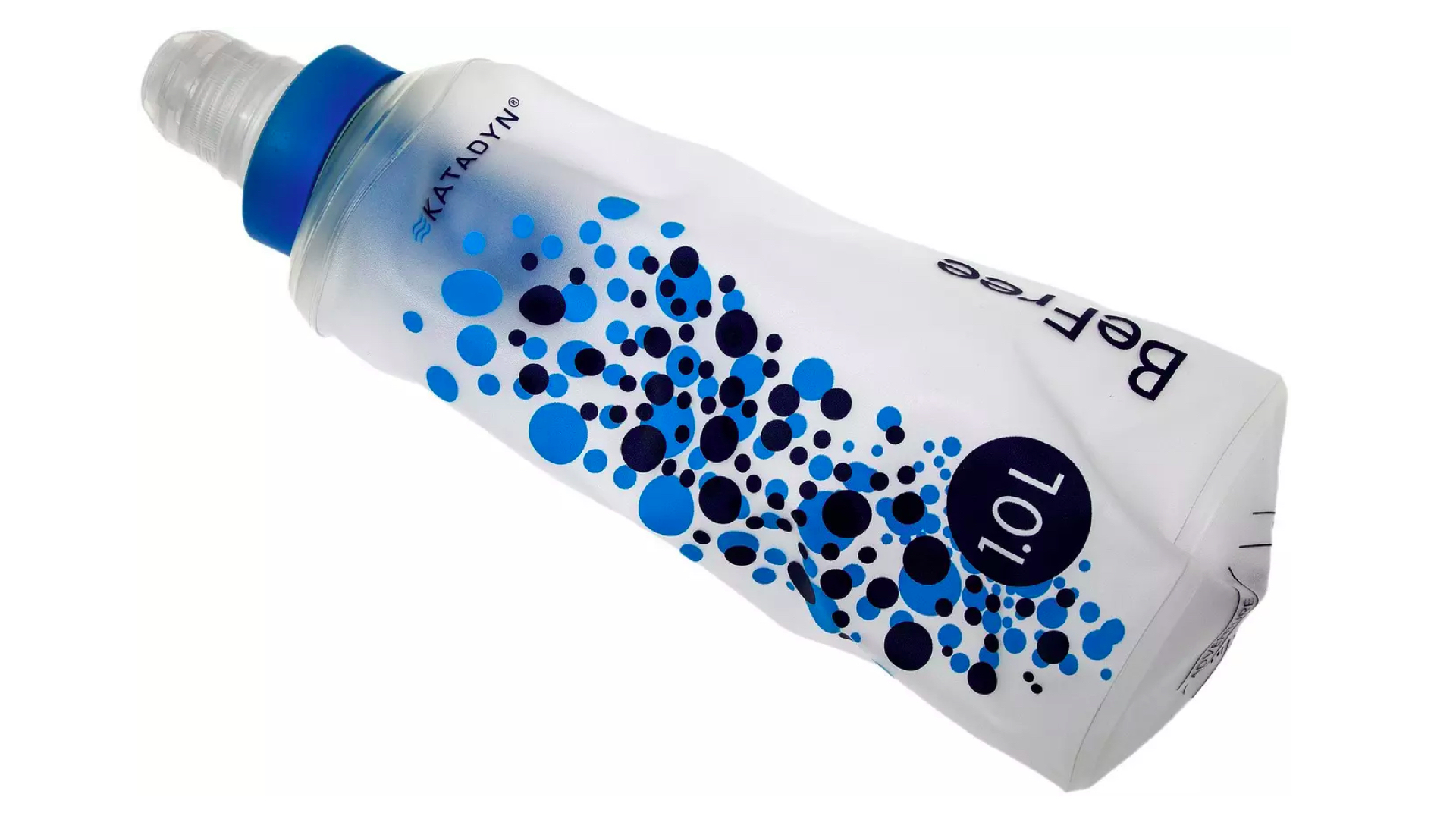
The single greatest decision I made before my unsuccessful fastpacking trip was to invest in a water filter. This allowed me to fill up my bottles on the go so I never needed to carry more than one liter of water with me at any one time. Luckily, water sources are abundant in Bannau Brycheiniog National Park, so this piece of advice may not apply to your trip.
On my run, my water filter of choice was the Katadyn BeFree, a soft flask-style water filter that works as both a bottle and a filter. For me, this meant I only had to bring one additional 500ml bottle, which not only kept my pack size down but allowed me to evenly distribute weight throughout my pack.
7 Where possible, plan in resupply stations
Another thing I learned during my first fateful fastpacking trip is the necessity to plan in resupply stops. Nowadays, I wouldn’t dare try and run several days with all of the food and water I need on my back, but back then I thought stopping at a petrol station for a Snickers bar was a cardinal sin on a multi-day adventure. Now, though, knowing you’ve got a point coming up to restock on snacks and water and to grab a bite to eat massively helps to keep your pack weight down and morale high.
8 Listen to your body and stop if it doesn’t feel right
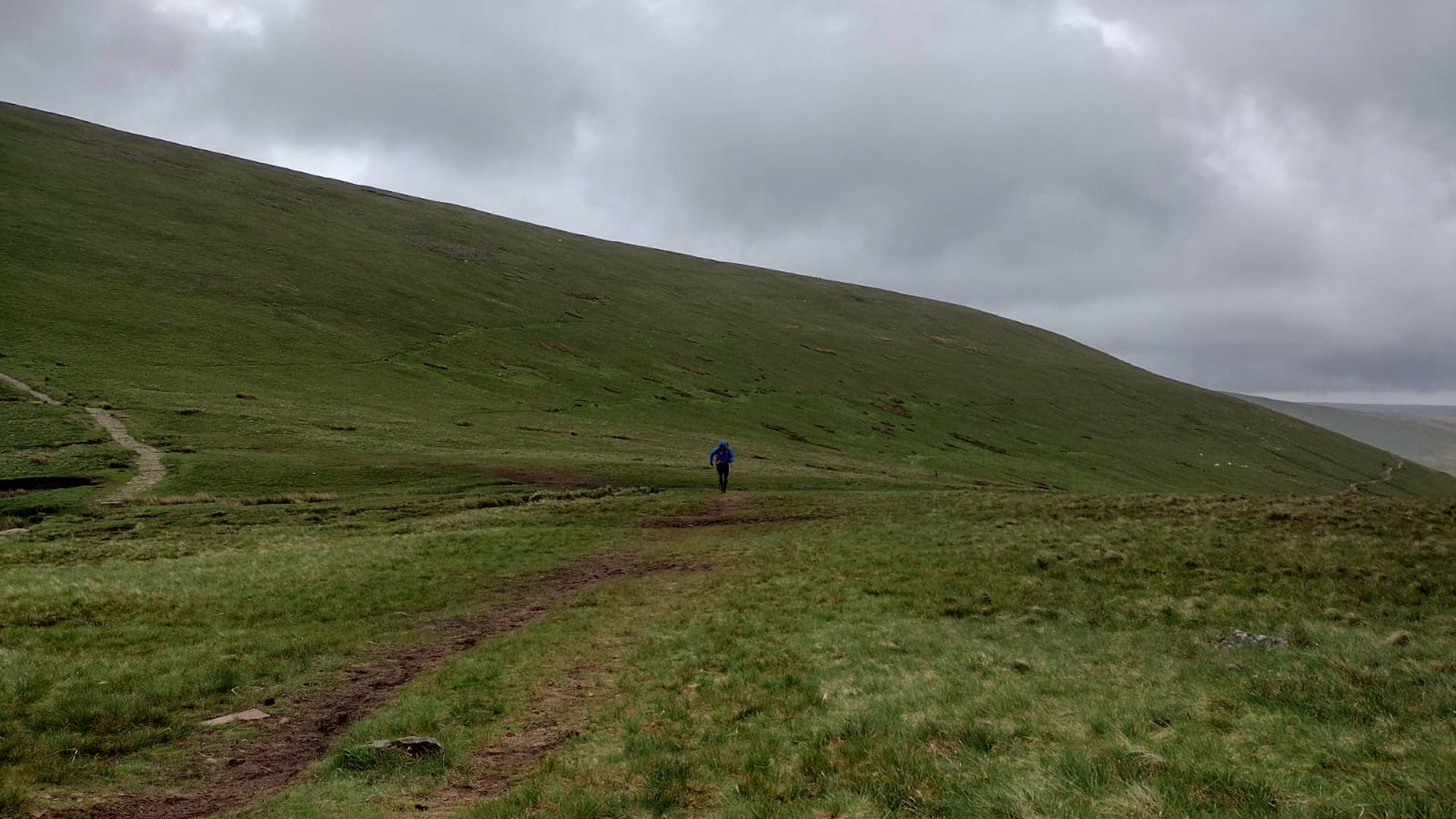
When I finally tapped out on my first fastpacking trip, I’d already done so much damage to my joints that I couldn’t run for about six weeks. I had to commit to a dedicated physio programme and an unreasonable amount of foam rolling to get back on my feet.
Therefore, the most important thing I learned is to stop when you first notice something’s not right. If I had tapped out a day earlier, I could have avoided the extended recovery stage later – and I still would have learned all I needed to know. After all, I was doing this purely for the enjoyment of it. It wasn’t an organized event, nor was I trying to run with a time goal in mind. So I should have left my ego at home and listened to my body – a mistake I won’t make twice.
9 Walk the ups, run the downs
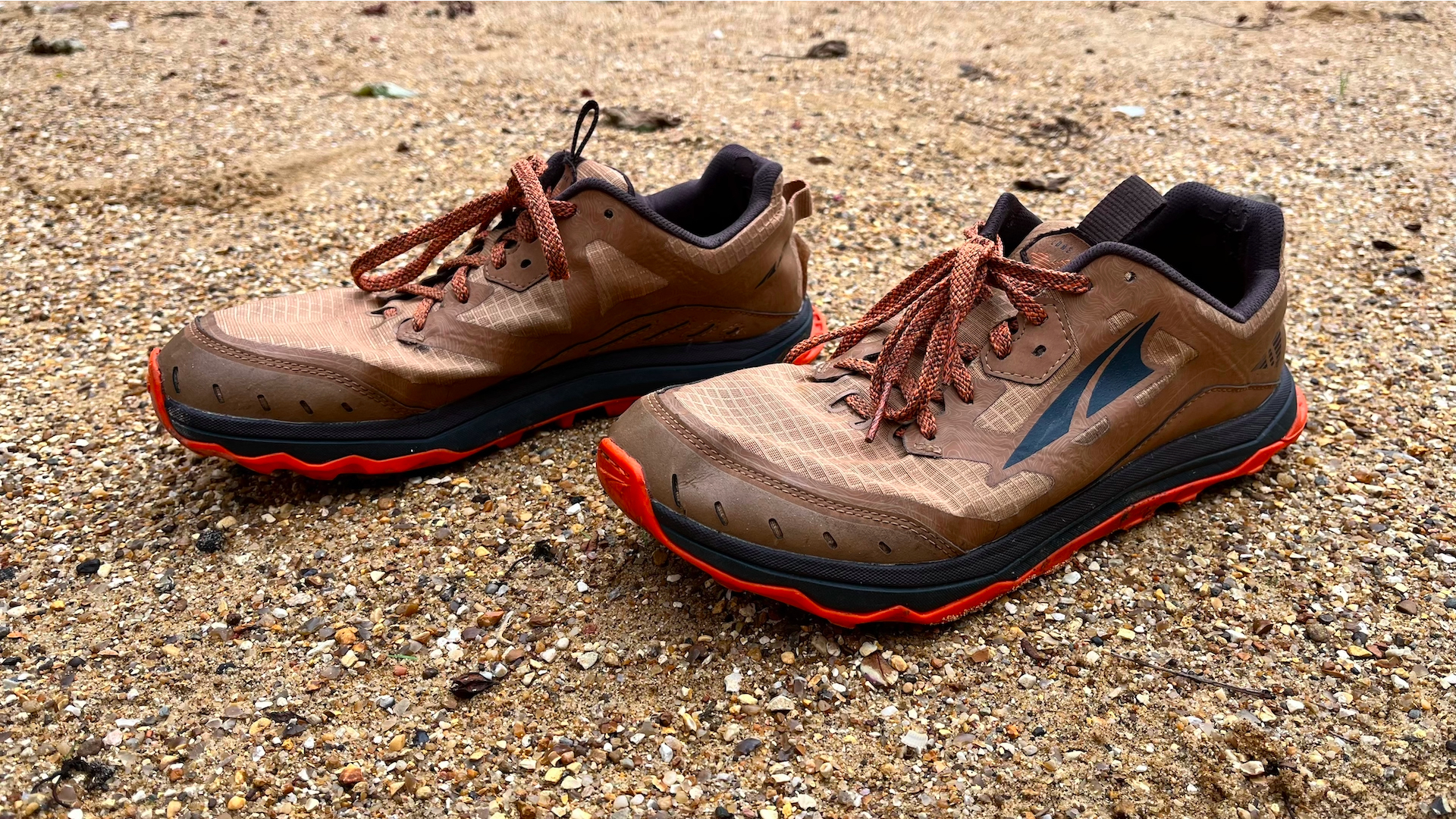
The final thing I learned is to take it easy where possible. Sure, it’s called fastpacking, but this isn’t running the London marathon. The phrase “walk the ups, run the downs” is one that gets thrown around a lot in trail running circles. Indeed, some will tell you that ultra running is actually hiking – though it isn’t one that I ever used to follow. I used to see the “ups” (the uphill sections) as the sections to prove myself. But when you’re running with a heavier pack, the “ups” become substantially more challenging, and the burn in your legs can have a much more detrimental effect on the rest of the day.
Remember: fastpacking is about the experience of moving as fast as is enjoyable between A and B, so don’t burn yourself out by blitzing it up the hilly bits. Instead, live the motto: walk up the challenging steep terrain and jog the rolling, flowing downhill bits.







